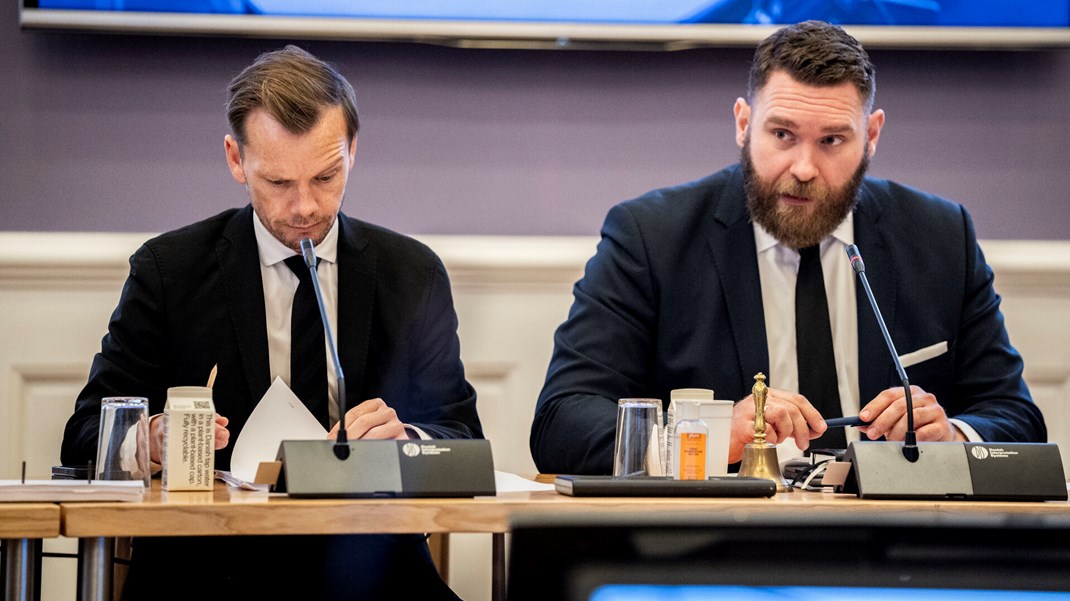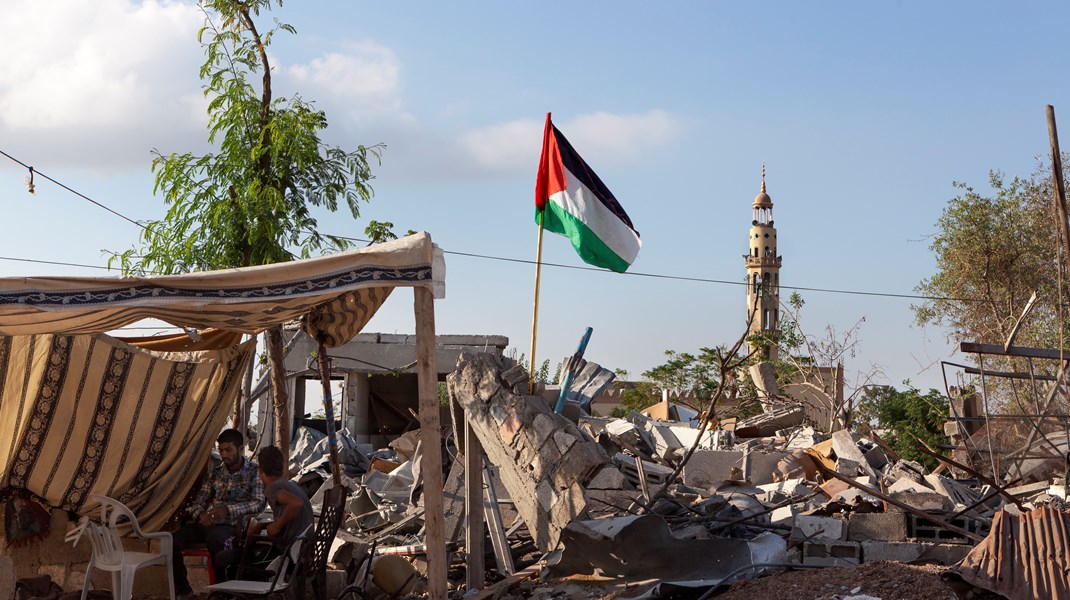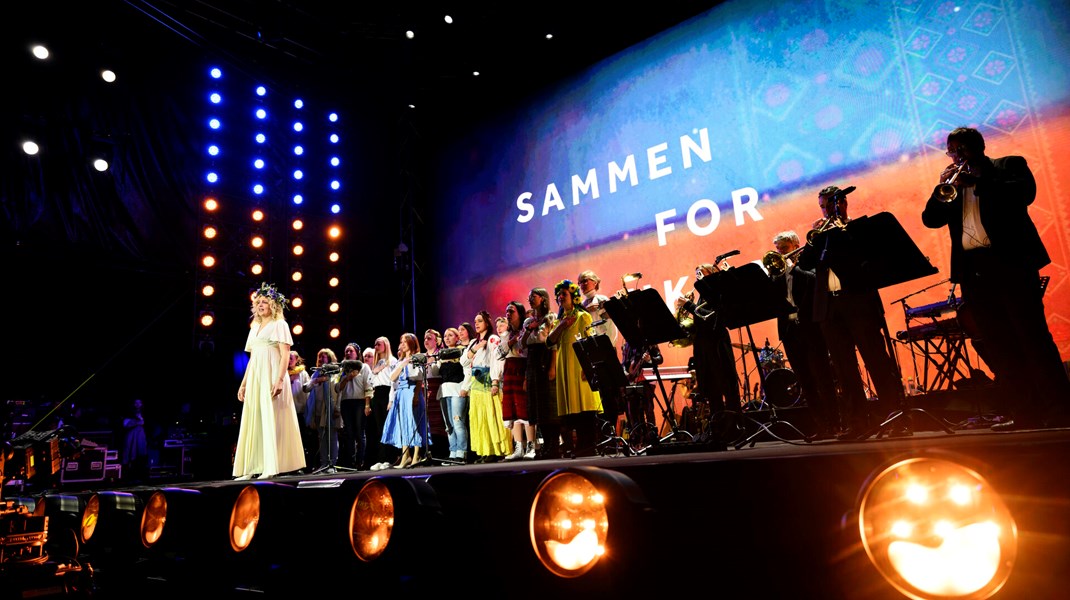Uneven progress in reducing US$15 billion humanitarian financing gap
Executive Summary
Humanitarian response is “woefully underresourced”: it faces a financing gap of an estimated US$ 15 billion. At the World Humanitarian Summit in May 2016, more than 30 major donors and aid organisations agreed on the adoption of the Grand Bargain, a package of reforms that would seek to reduce the financing gap by improving the delivery and efficiency of aid. One year afterwards, donors and aid organisations reported on the extent to which they have followed up on their Grand Bargain commitments.
This report, an independent assessment of the progress made to date, is based on 44 self-reports submitted by June 1, 2017; 80 interviews with signatories (including all co-conveners) and experts; consultations with over 40 non-signatory NGOs; the inputs of eight thematic experts consulted by the authors; and a review of secondary sources. It includes the following main findings:
There is strong endorsement from key organisations
As of May 2017, the Grand Bargain has been endorsed by 52 organisations, including key donors, United Nations agencies, two components of the International Red Cross and Red Crescent Movement, NGOs, the World Bank, and the OECD. The signatories represent the lion’s share of today’s humanitarian response: they account for 88 per cent of international humanitarian donor funding and 72 per cent of aid organisations’ budget.
Signatories report action on an average of 40 per cent of relevant commitments
All consulted stakeholders view the Grand Bargain as a highly relevant catalyst for change. 43 of the Grand Bargain’s 52 signatories and the World Health Organization have submitted self-reports. Each report describes actions related to an average of 40 per cent of the commitments that apply to the signatory in question and planned activities on an additional 5 per cent of the commitments. This is an important achievement, considering that the Grand Bargain is a voluntary agreement that covers a broad spectrum of activities and includes a total of 51 commitments.
While generally good, progress has been uneven. The most active work streams of the Grand Bargain are those concerning localisation, cash, and reporting requirements, with over 45 per cent of relevant signatories reporting activities. Less activity – 35 per cent or lower – has been reported in the work streams concerning management costs, participation revolution, earmarking, and the humanitarian–development nexus. The differences between individual commitments are starker. 73 per cent of signatories, for example, report collaboration, information sharing, and the development of standards and guidance for cash, while 30 per cent report investments in new delivery models.
Similarly, 70 per cent of signatories report investments in durable solutions for refugees and internally displaced persons, while 7 per cent report joint multi-hazard risk and vulnerability analysis and multi-year planning.


